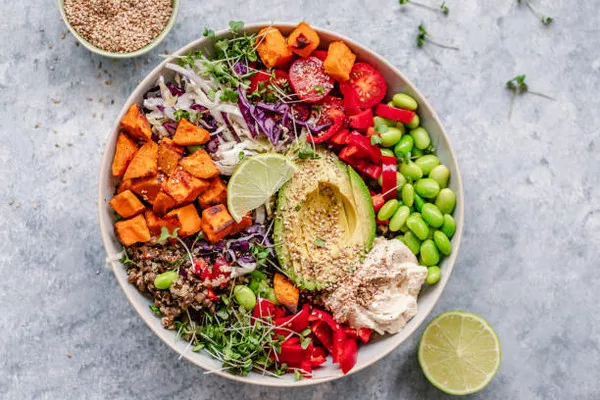In the quest for optimal health and fitness, the debate surrounding what constitutes a healthy diet has evolved. While many people focus on calorie intake and the balance of macronutrients—proteins, fats, and carbohydrates—new research from Ohio State University emphasizes the importance of incorporating anti-inflammatory foods into our diets. Here’s a closer look at how an anti-inflammatory diet can enhance your overall training regimen and combat disease.
The Rise of Pro-Inflammatory Diets
According to the study led by Rachel Meadows, nearly 57% of U.S. adults follow a pro-inflammatory diet, with higher rates observed among African Americans, men, younger adults, and individuals with lower education and income levels. This is concerning because a pro-inflammatory diet can contribute to a range of health issues, including chronic diseases such as diabetes, cardiovascular problems, and even mental health disorders.
Meadows notes that while regular exercise is crucial for fitness, it’s equally important to address the inflammatory properties of the foods we consume. Many of us may think we are eating healthily, but if our diet includes high levels of pro-inflammatory foods, it can negate the benefits of our exercise efforts.
Understanding Inflammatory vs. Anti-Inflammatory Foods
The researchers categorized foods using the Dietary Inflammatory Index and observed how the balance of pro- and anti-inflammatory foods affected the participants’ health. It became clear that even with a diet rich in fruits and vegetables, excessive consumption of inflammatory foods can still render the overall diet harmful.
Common Inflammatory Foods
Certain foods are known to trigger inflammation in the body by increasing cytokine levels. These include:
- Refined sugars (fructose, sucrose, glucose)
- Refined carbohydrates
- Saturated fats
- Processed meats
- Gluten
- Alcohol
- Additives such as monosodium glutamate and artificial colors
Common Anti-Inflammatory Foods
In contrast, anti-inflammatory foods are rich in natural antioxidants and polyphenols, helping to protect against chronic ailments. Some examples include:
- Tomatoes
- Mushrooms
- Whole grains
- Leafy greens (such as spinach)
- Cruciferous vegetables (like broccoli)
- Carrots
- Garlic
- Ginger
- Turmeric
- Tea (green or black)
- Onions
- Fatty fish (like salmon)
- Berries
- Legumes (beans and lentils)
Integrating an Anti-Inflammatory Diet into Your Regimen
As you celebrate milestones in your fitness journey—like smashing personal records at the gym or achieving weight loss goals—consider whether your dietary choices support a healthy lifestyle. Incorporating more anti-inflammatory foods can be a positive step toward long-term wellness.
Meadows suggests adding ingredients such as garlic, ginger, turmeric, and green or black tea to your meals. These foods not only contribute to a balanced diet but also help combat inflammation, potentially reducing the risk of chronic conditions like diabetes and heart disease, and even improving mental health.
Conclusion
An anti-inflammatory diet can significantly enhance your health and fitness journey. By being mindful of the inflammatory properties of the foods you consume, you can create a more balanced approach that promotes overall wellness. As you train your body to become stronger and healthier, remember that what you eat is just as crucial as how you move. Embrace the power of an anti-inflammatory diet to support your health from the inside out.
Related Topic:


